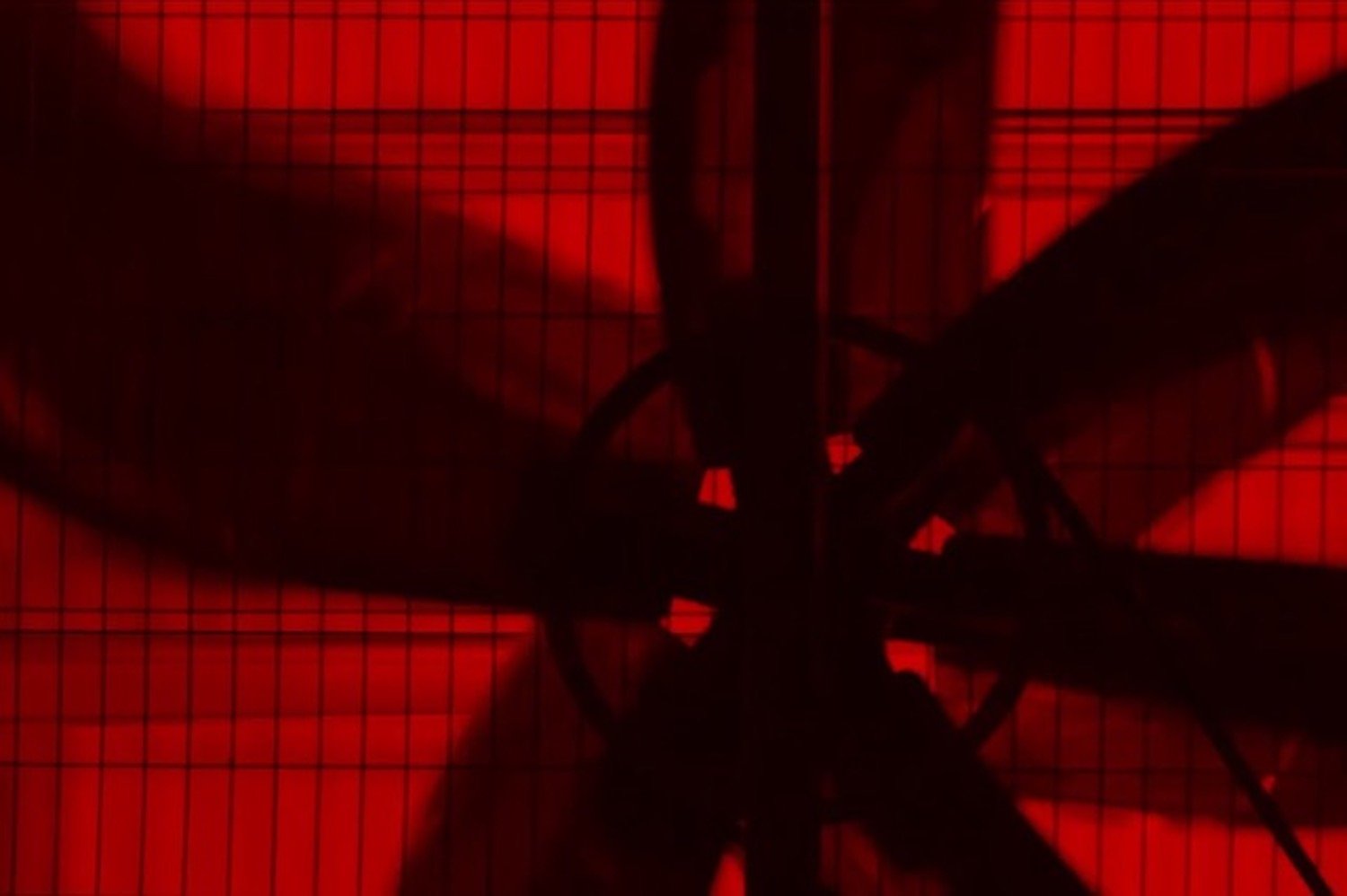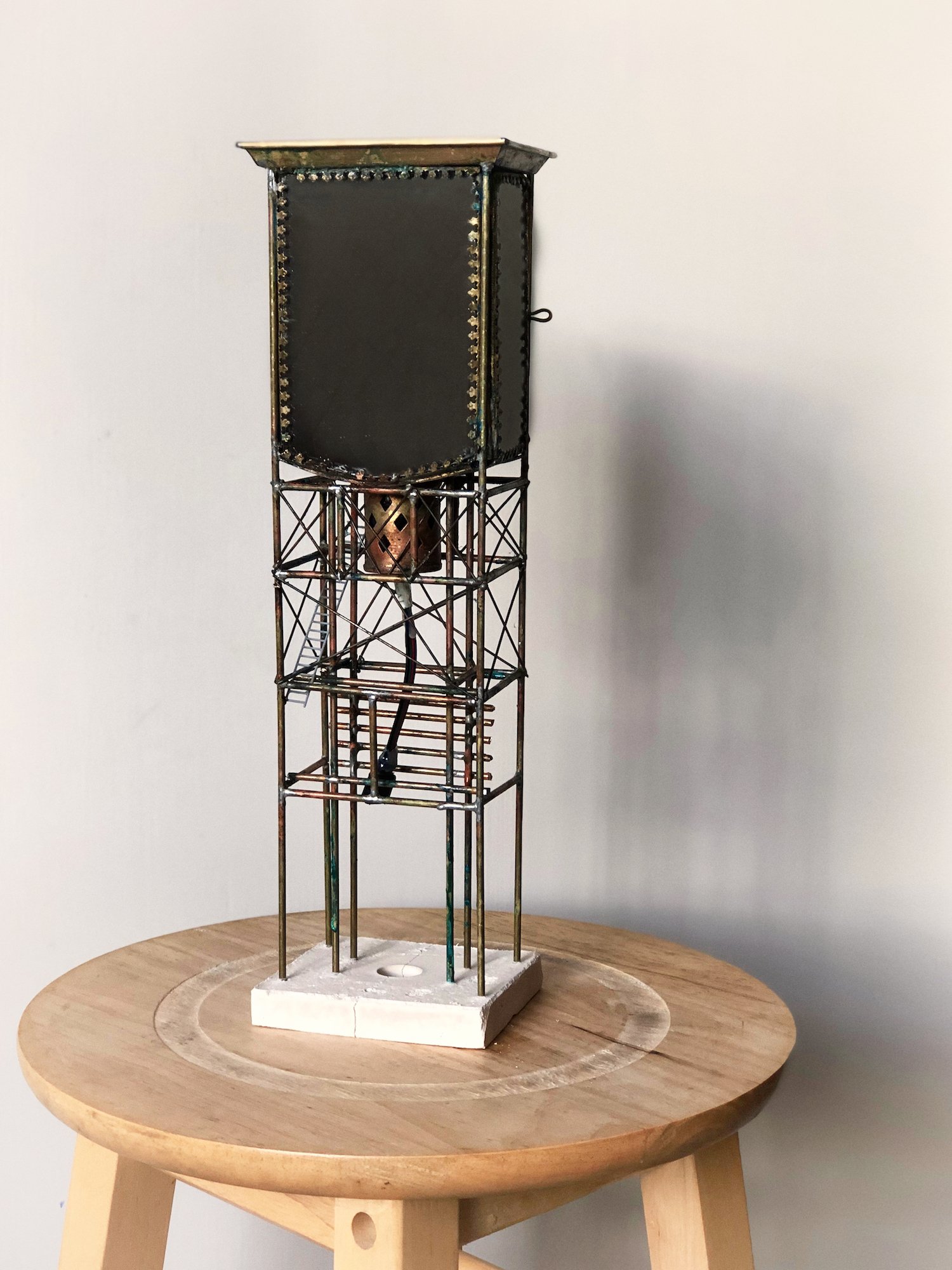Wei-Ling Contemporary Presents ‘Paralogical Machines’
The new media exhibition features Southeast Asian and international artists
By Jaclyn Chong
Erika Tan, ‘The ‘Forgotten’ Weaver’, 2017-2019, 2-channel video projection, strapping screen and metal support structure, 275cm x 302cm. Image courtesy of Wei-Ling Contemporary.
Wei-Ling Contemporary starts off the year with a new media exhibition ‘Paralogical Machines: When Images Meet Us In Space and Time’. The exhibition is curated by Kenneth Feinstein and will run from 10 January to 17 February 2019.
Based in Malaysia, the gallery has recently shifted away from exhibiting traditional art forms to showcasing more experimental works. “We wanted to kickstart a new way of looking at art practice here,” says Feinstein. “We hope this show will inspire new and more artists to extend their practice into new forms and approaches.”
From mixed media installation works to video projections, the works invoke the otherworldly, question the everyday and recreate visions of the past. The artists exhibiting are Feinstein himself, Charles Lim, Erika Tan, Rajinder Singh, Tintin Wulia, Ubermorgen with Nye Thompson, and the All Womens Networked Jam Session (AWNJS), a group of artists supported by the ARTEC Norwegian University of Science and Technology.
In their first collaboration, Ubermorgen and Nye Thompson will present ‘Univited’ (2018). The short horror film uses thousands of surveillance images collated both manually and through an experimental process of automated human-machine learning, to explore the absurdities of futuristic reality, time and space. The film is projected from a mechanical platform programmed with movements likened to a sweeping security camera, such that viewers must unconsciously follow every whim and fancy of the machine to watch the film.
Ubermorgen and Nye Thompson, ‘Uninvited’, 2018, Mixed media, Variable dimensions. Image courtesy of Wei-Ling Contemporary.
Commenting on the thematic concerns of the work, Feinstein says, “Since human vision no longer has primacy, the film targets an audience condensed into an evolutionary new connection between digital and organic entities.”
Similarly, Erika Tan’s ‘The ‘Forgotten’ Weaver’ (2017-2019) invites viewers to shift their interpretive positions, albeit historically. Initially commissioned by the National Gallery Singapore, this iteration of the work fosters a spectral return of the “forgotten” historical figure Halimah binti Abdullah to her origins in Malaysia.
Rajinder Singh, ‘There’s a lady who’s sure All that glitters is gold And she’s buying a stairway to heaven’, 2018, A metal and light sculpture using a vintage reconditioned Christian miniature shrine, two-way mirrors, brass rods and LED strip electronics, 35cm x 9cm x 6cm. Image courtesy of Wei-Ling Contemporary.
Smaller works such as Rajinder Singh’s ‘There’s a lady who’s sure All that glitters is gold And she’s buying a stairway to heaven’ imagines larger spaces that exist in another cosmos. Envisioning spaces that distend from apertures and portals, Singh deftly welded scaffolding around a miniature vintage Christian shrine, adding lighting and mirrors around it to bend space into the infinite.
This exhibition is a non-commercial exhibition and the works will not be for sale. “Although we are a private gallery, we mount these type of exhibitions as a way to introduce local audiences to different ways of looking at, and interacting with contemporary art,” says the Wei-Ling Contemporary.
The exhibition is supported by the Goethe-Institut, the Centre for Research-Creation in Digital Media at the School of Arts at Sunway University, and Pro-Helvetia, which supports Swiss arts and culture.
















